Thomas of Marle (1073-1130 A.D.), the Lord of Coucy, was a Medieval French nobleman so evil that the King of France, the Catholic Church, and his own father all tried to destroy him. The era’s chaotic politics gave Thomas the opportunity to rampage across the landscape – and sometimes threw him a lifeline when the consequences of his heinous acts caught up with him. Thomas makes tremendous inspiration for an RPG villain, and the swirling mess that was his life makes good fodder for RPG adventures. Let’s take a look!
This post is brought to you by beloved Patreon backer Justin Moor. Thanks for helping keep the lights on! If you want to help keep this blog going alongside Justin, head over to the Patreon page – and thank you!
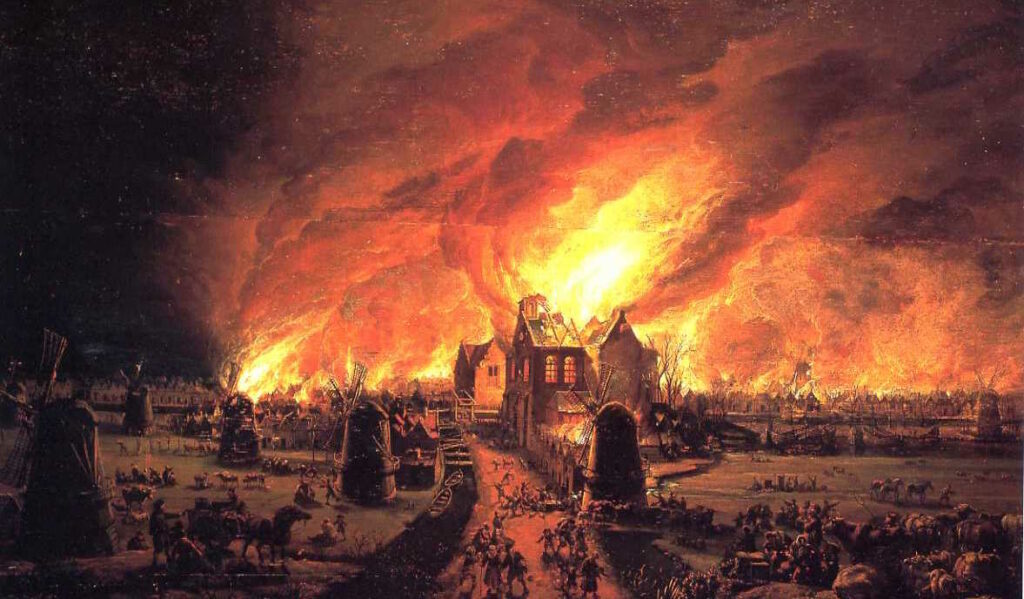
Thomas of Marle was so murderous that his own contemporaries feared and despised him for it. Fellow warrior-aristocrats – knights and barons who maintained their power at swordpoint, and brothers of the same within the clergy – looked at this guy and said ‘that’s too much even for us.’ Abbot Suger, the biographer of King Louis the Fat of France, called him “a plague both to God and to men” and referred to his “insupportable madness, like that of a cruel wolf.” The leader of a nearby abbey, a man who presumably knew Thomas personally, called him “the most wicked man we have known in this generation.”
Thomas’ was able to begin large-scale violence earlier than most. He cut his teeth in the first crusade. At some point (I believe after returning from crusade), he married a woman who had a hereditary claim to the castle of Montaigu, in northeastern France. That made Thomas the lord of the castle, giving him an impregnable (by local standards) base of operations well before he would have inherited his father’s castle and lands. He used Montaigu as a torture den. He kidnapped people, then tortured them until they promised to give him money. It’s doubtful the real goal was financial, since a lot of his victims died before they could pay. One of his favorite tortures involved hanging men upside-down by their testicles. He also liked to apply torture to his other hobbies. Once, while pursuing some fugitives, he shoved a lance so far down someone’s throat it came out their ass. When another wounded fugitive couldn’t march fast enough to keep up with Thomas’ horse, Thomas had the man’s feet cut off so he’d have a better excuse for being slow. The dude was messed up.
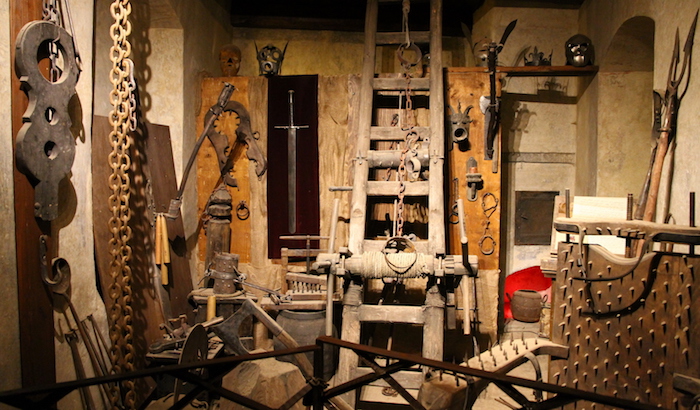
Thomas’ father Enguerrand of Coucy was part of a love triangle with a countess named Helisandis and the castellan Gerard of Crecy. Also, all three members of the triangle hated one other. Gerard clearly thought not enough people were angry at him, because he then viciously insulted the bishop of Laon. The bishop, Helisandis, and Enguerrand conspired together to kill Gerard, but before the knife could fall, Enguerrand and the bishop betrayed Helisandis and killed her. Then the bishop arranged to have Gerard murdered in the bishop’s own church, leaving only the bishop and Thomas’ father Enguerrand alive of the original four. (Gerard’s murderers were able to find shelter in Thomas’ castle.) It seemed like there might be repercussions, but some money changed hands and the whole affair almost blew over.
But the bishop of Laon kept making rash decisions. He and Enguerrand were now enemies, so he arrested a foreman in Thomas’ service and gouged out the foreman’s eyes. The city of Laon had recently organized itself under a new government independent of local lords and recognized by the king. In 1112, the bishop abolished this new city government. The city folk didn’t much care to be owned by warrior-aristocrats again. A mob armed with makeshift weapons stormed the bishop’s palace, burned it, and killed him and most of the other nobles in and around Laon. So much for the original love/hate fivesome; only Thomas and his father Enguerrand remained.
Though the independent and free government of Laon had been recognized by King Louis the Fat, the king withdrew that protection just before the bishop dissolved the government. This meant that Laon, though free once again, was technically in rebellion against the King of France. King Louis had put down a lot of revolts, usually in a bloody-handed fashion, and the new leaders of Laon feared they’d meet the same fate. So they called on Thomas of Marle. Thomas hated the late bishop as much as they did, and he (being a horrible and evil person) presumably wouldn’t balk at rebelling against his king. Thomas said he couldn’t hold Laon against the king’s forces, but he’d be happy to shelter anybody who wanted to flee to his castle of Montaigu. Much of the population of Laon then resettled at Montaigu. This presumably increased Thomas’ revenues considerably, since more laborers meant more taxes. The resettlement also left Laon partly empty. Peasants from the countryside rushed in to loot the abandoned houses, and the city descended into chaos.
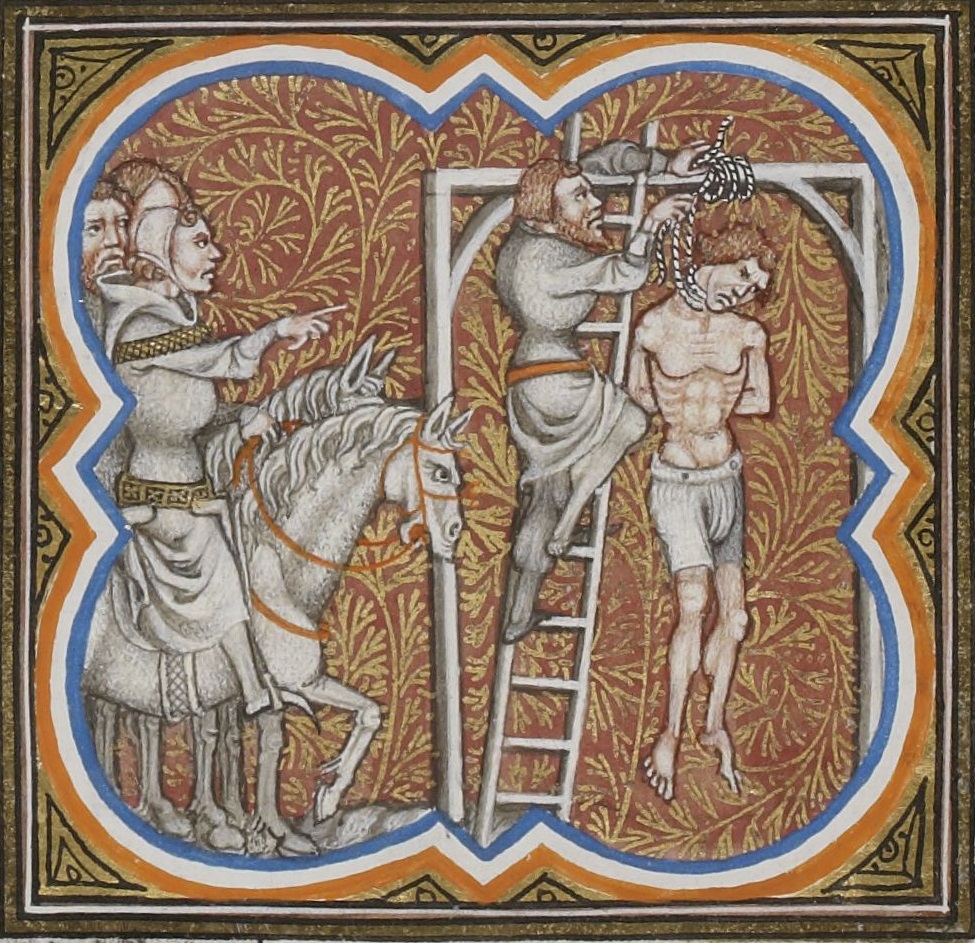
This is a great time to mention that, like everyone else in this story, Thomas and his father Enguerrand also hated one another. There was some suspicion that Thomas’ mother had another lover and that Enguerrand may not have actually been Thomas’ father. Plus, Enguerrand had a new wife who wanted Thomas out of the picture. She convinced Enguerrand to disinherit Thomas so her children could inherit Enguerrand’s lands instead. Thomas retaliated by launching a campaign against his own father. He slaughtered Enguerrand’s serfs, pillaged his lands, and burned his fields. Such things were ordinarily considered by nobles to be regrettable but necessary parts of their private wars. But Thomas was not trying to oust his father, gain territory, or pursue any of the ‘legitimate’ aims of warfare: he was just trying to hurt people. Condemnations rained down from the clergy and from fellow warrior-aristocrats. Thomas had gone too far even for this violent era.
Practicality reunited Thomas and Enguerrand. The Church annulled Thomas’ marriage. This cost him his castle of Montaigu, which, remember, he’d acquired through his wife’s line. The annulment was a clever Medieval trick. The Church forbade incestuous marriage, but its seven-generation standard of relatedness was so broad that virtually no unions were un-related enough to be legitimate. This meant that when the Church needed to throw its weight around, it could usually find evidence that someone’s marriage was incestuous and therefore could never have existed in the first place. Thomas fell prey to this standard tactic. His union annulled, Thomas lost his castle. One imagines his hold over his feudal subordinates had grown shaky enough that he didn’t want to press his luck and try to keep the castle by force of arms. Meanwhile, the city of Amiens set up a government like Laon had done. Enguerrand’s lands included Amiens, and he went to war with the city to retain his hereditary privileges. Enguerrand needed Thomas’ help reconquering Amiens, and Thomas needed Enguerrand’s help sheltering him from his enemies. Enguerrand reinstated Thomas as his heir and they made war on Amiens together. Thomas waged the war in his usual way. He executed holy hermits, set pregnant women to hard labor until they died, and even ordered the collarbones of some prisoners pierced so he could pass a cord through them and make them walk faster – like a pain-inducing leash.
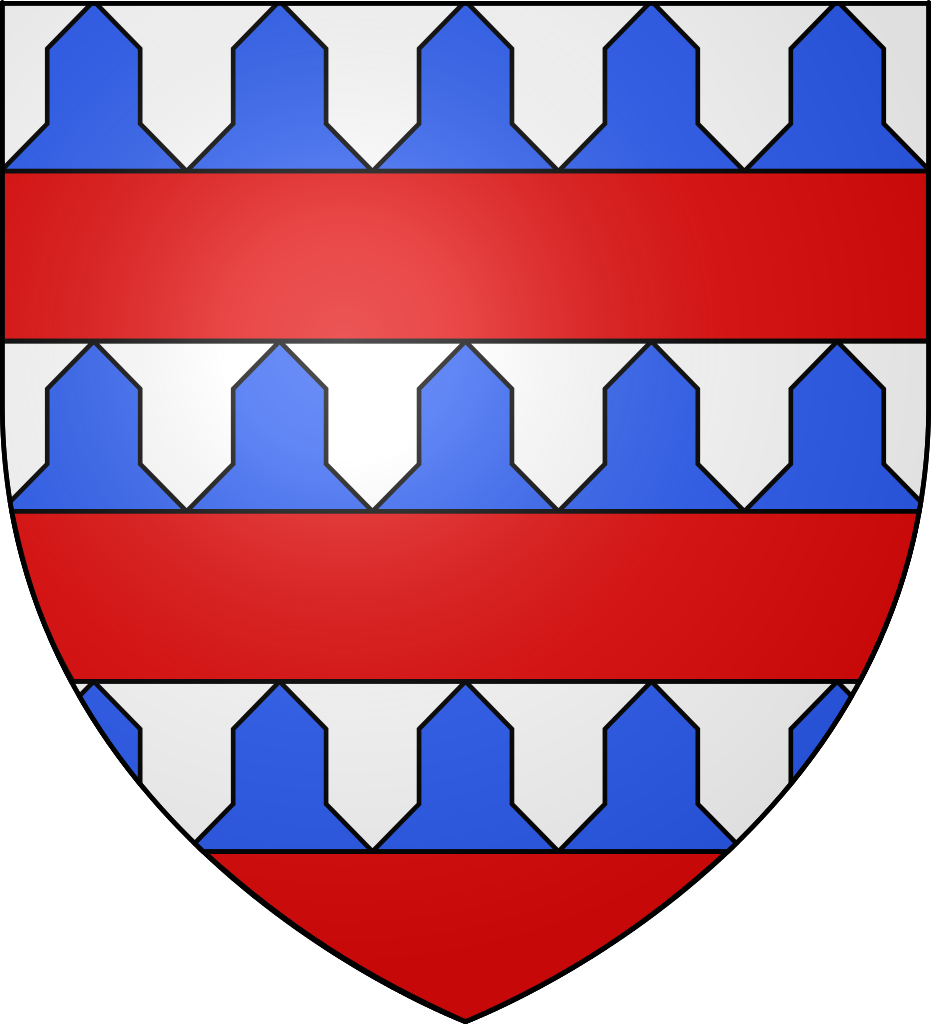
When Enguerrard died, Thomas succeeded him. He continued his habit of unceasing warfare against his neighbors, conducted with so much wanton violence that even his fellow warrior-aristocrats blanched. He ravaged the lands around Rheims, Laon, and Amiens. He massacred the serfs, robbed the clergy, burned the churches, and fortified his new castles to dissuade retaliation. The French Church organized a synod in response which conferred on Thomas the worst punishment it could: anathema, a particularly severe form of excommunication. Thomas of Marle was no longer to be considered a Christian. He was no longer part of Christendom, and no Christian should have anything to do with him. Impelled by the Church’s declaration, King Louis the Fat raised an army against Thomas. Louis had spent the bulk of his reign consolidating royal authority after generations of retreat; he was very good at rooting out local lords with delusions of invulnerability. Thomas’ newly-fortified castles fell like dominoes. The one overlooking Amiens was completely destroyed.
Thomas had no intention of dying at the end of a long siege. When King Louis marched on Thomas’ seat at the castle of Coucy, Thomas set up an ambush in the dense woods around the castle. The ambush failed, and a mortally-wounded Thomas was brought in chains before Louis. He seemed more upset that the wretches in his prisons would soon be released than he was that he was dying. According to Suger, Louis the Fat’s biographer, God prevented Thomas from giving a final confession that might see him into heaven. As a priest entered the cell, Thomas lifted up his head – and his neck broke. He fell back onto his pillow, dead, before he could be absolved.
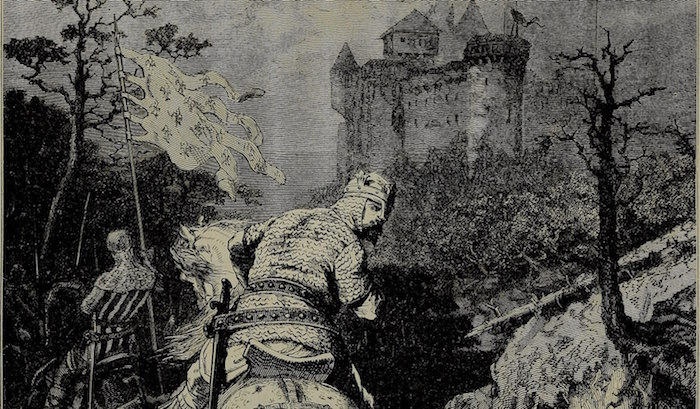
At your table, if you’re doing a picaresque ‘wandering adventurers’ campaign, you might have your party travel through lands adjacent to those of your fictional analogue of Thomas of Marle. The PCs witness the burned homes and bodies hanging from trees. They have the opportunity to save a town whose residents are sheltering in a church that a gang of soldiers is about to burn. If the players don’t feel like dealing with the guy behind these atrocities, no sweat. You haven’t poured much effort into building your Thomas-analogue up as a villain, and it’s always better to let your players pick which adventure hooks they want to pursue.
But if the PCs decide to go after your Thomas-analogue, they’ll probably quickly realize that winning a fight against some soldiers here and there in the countryside isn’t going to bring down Thomas in his impregnable castle (or bunker or space fortress or whatever, depending on your fictional setting). But by doing these heroics, the PCs attract the notice of local clergy, who tell them about the synod that’s about to be held. If the party can sway the synod, they can get your Thomas-analogue anathematized. This should spur some greater power (like Louis the Fat) to war against your Thomas. The party can ride with the king against one of Thomas’ strongholds and infiltrate it to bring it down from the inside. For the last part of this one-to-three-session adventure, I’d recommend against drawing inspiration from the real Thomas’ ill-fated ambush attempt. If your players enjoy large-scale mass combat, awesome, do the ambush. But otherwise have Thomas slip into the woods with a handful of trusted bodyguards. The PCs then get to conduct a manhunt to track him down. That way, when the PCs have their climactic showdown with Thomas, it’ll just be the party versus Thomas and a handful of guards: the scale that most RPGs assume for their combat systems.
But maybe you’re not doing a picaresque ‘wandering adventurers’ campaign! Maybe your PCs are mostly staying in one place. If so, Thomas’ earlier involvement in a five-way love/hate pentagon makes a great template for a Coen-brothers-style spiraling chaos scenario with recurring NPCs. First, fictionalize all five major NPCs (Thomas, his father, the countess, the bishop, and Gerard). Put them in positions powerful enough that their actions will ripple. Depending on the scale and focus of your campaign, that could be anywhere from galactic emperor to town dogcatcher. Then find a reason to get the PCs to care what these five get up to. Maybe there’s an NPC they care about: reveal that she’s one member of the love/hate pentagon. She asks the PCs to do her a favor – which turns out to be related to a scheme against another member of the pentagon. If they’re cool with it, she may ask them to plot the assassination of a second pentagon member – no, wait, maybe this third one. Things start getting out of hand. Between the terrible NPCs, the assassination attempts, the volatile political situation, and a marriage that could be annulled (just to name things present in the actual history), it shouldn’t be too hard to escalate the situation. The idea is to make the plot so chaotic that you yourself don’t know where it’s going, and impel the party to act – either for good or for ill.
–
Enjoy this post? Consider sharing it on Facebook or Twitter to increase visibility for the Molten Sulfur Blog!
Sources:
The Autobiography of Guibert, Abbot of Nogent-Sous-Coucy
And thanks to the user J-Force on the subreddit AskHistorians (link) for introducing me to Thomas of Marle!






